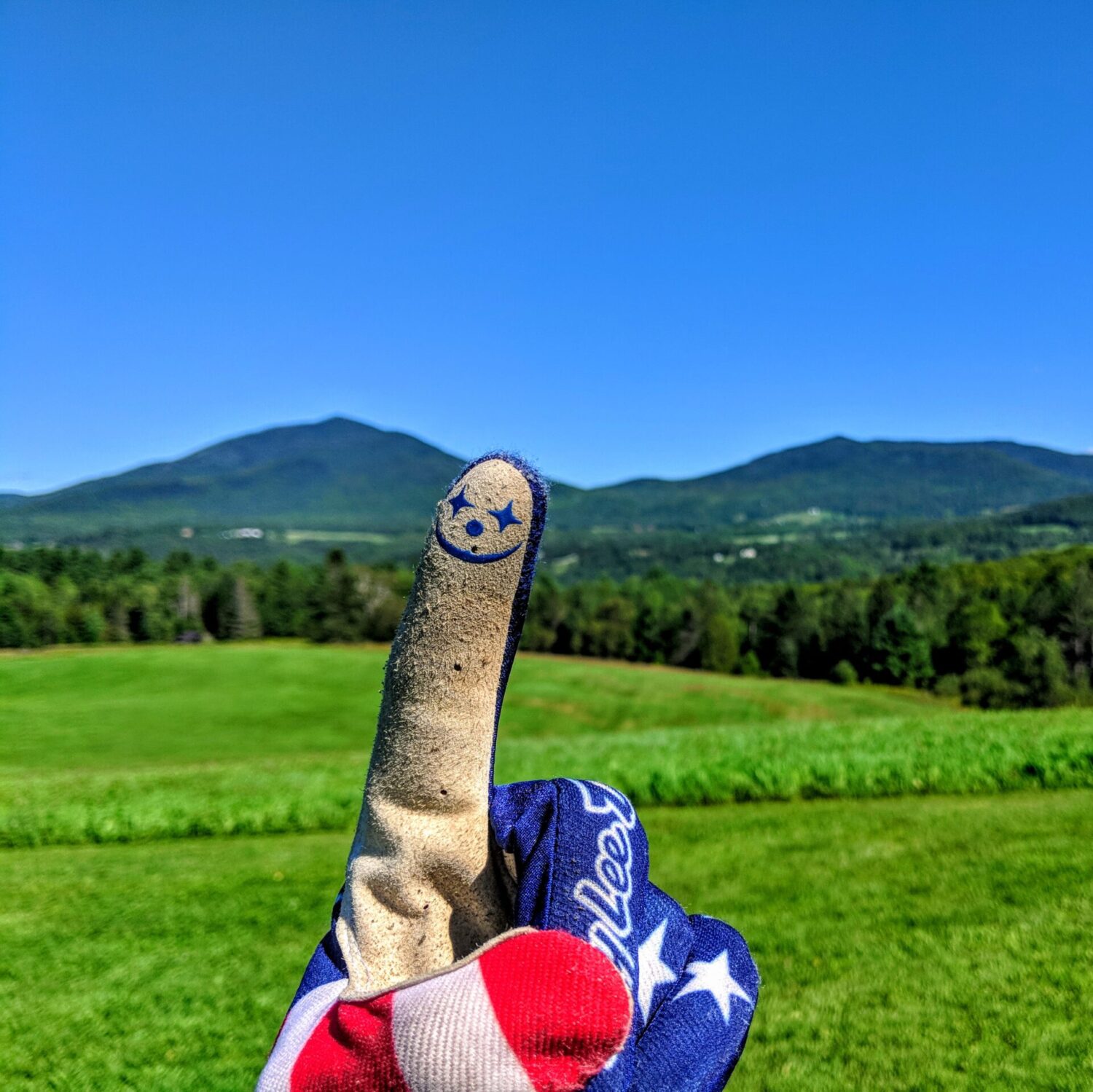Who are you? Where do you stand on [fill in the blank]? Are you for A or B?
No, it’s almost never put in those words. But it might as well be.
Almost every day I am given some form of two alternative stances that, if I don’t outright despise, I cannot simply choose between. Nor—to step upon the ol’ soapbox—can I aim to hold them in some (harmony-implying-but-ultimately-bullshit) “tension.” And though I do, on some rare occasions, consider myself a “centrist,” I never actually think of myself as occupying some average-of-the-whole or some equidistant space amid the clamoring noise-makers. Well, that last one might be accurate, but only because it describes how I feel whenever I read the news or hear about the latest imperative fear. That is to say, the experience of being stuck in the middle is descriptive and sad, not hopeful and prescriptive—and I want prescription!
Not only do I want some real prescription for life, I need it. It’s quite difficult to figure out “who you are” or “where you stand” when much of the time all you can tell is what you are not and where you do not stand. Don’t get me wrong, sometimes it’s enough just to know what to say “no” to. But “authenticity,” however anyone understands it, requires more.
I was looking for a quote from Charles Taylor’s The Ethics of Authenticity and decided to just reread the book. I think the first time I read it, I was reading for an objective knowledge (and by “objective knowledge” I mean “critique”) of the “culture of authenticity.” This time, I was reading it just for me—always a better way to read!—partly to take a look at my own “atomism” and “fragmentation,” of which there is plenty.
Here’s the line I was looking for:
We are expected to develop our own opinions, outlook, stances to things, to a considerable degree through solitary reflection. But this is not how things work with important issues, such as the definition of our identity. We define this always in dialogue with, sometimes in struggle against, the identities our significant others want to recognize in us. And even when we outgrow some of the latter—our parents, for instance—and they disappear from our lives, the conversation with them continues within us as long as we live.
I happen to love the reality, the many implications, of that statement. For all its frustrations, I love the entangled and entangling reality of life. I love that authenticity is hard to define, that it can be good or bad. I love that trying to chase authenticity is almost always self-defeating, but that if you stop trying so hard you might find it where you least expect. Or, as C.S. Lewis put it, “if you simply try to tell the truth (without caring twopence how often it has been told) you will, nine times out of ten, become original without ever having noticed.”
If authenticity reflects the question “who am I?”, then the ethic of authenticity seems to reflects that question as we are meant to ask it of ourselves. Like most books that address widely entrenched notions and beliefs, the resolution it points toward is far from being clearly laid out. But the description, diagnosis, and general way forward are, I think, exactly right. (And the book is no less relevant for being over 30 years old!) The overarching warning Taylor repeats is quite simple: don’t be shaped or confused by two mutually-condemning forces. When it comes to “authenticity,” to “being true to oneself,” we should understand it as a good that is abused, and to join either the “boosters” or the “knockers,” as Taylor puts it, will help no one. We need to find better ground to stand on:
. . . not in a middle ground so much as on a completely different ground. I suggest that in this matter we look not for the Trend, whatever it is, up or down, but that we break with our temptation to discern irreversible trends, and see that there is a struggle here, whose outcome is continually up for grabs.
That last part seems very important, and my growing, entrenching cynicism needs to hear it. This is not simply a third viewpoint, a perch from which to watch the world burn or to wait while the two sides (of any given debate) eat each other alive. In fact, this “completely different ground” is a little deceptively described. It is an opportunity for an involved presence, one that is unwilling to concede any permanent losses but, instead, looks for a persistence of possibility—within the space being criticized! Much like James Davison Hunter’s “faithful presence,” rather than offering pessimistic critique, and better even than an impassioned contention for the truth, Taylor thinks what we need is to “enter sympathetically into its animating ideal and to try to show what it really requires.” (What does this remind me of…?)
The opposite, as Gilbert Meilaender once put it, though on a more sentimental level, would be “a failure to love that which we criticize and seek to change.”
And so I’m back to the middle after all. But I’m still not thinking of my being “in the middle” as defined by some midpoint. No, I am, or want to be, “in the middle” as defined by being among.
The problem, of course, is that most of this is really hard, long-suffering work. It takes a lot of faith to see a persistence of possibility, even in myself alone. Here, or anywhere that matters, there are no shortcuts allowed, and no final victories either. Instead, “we understand [our predicament] as open to contestation, as a locus of probably unending struggle.”
It may not sound very cheery, but given the helpless alternative, I’m hearing it today as good and hopeful news, and as an obligation to pursue it.
